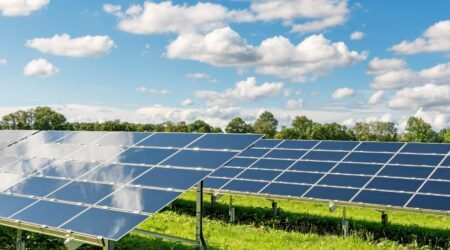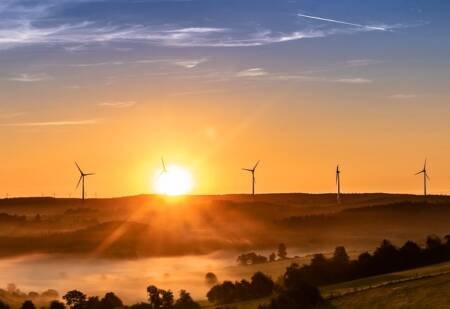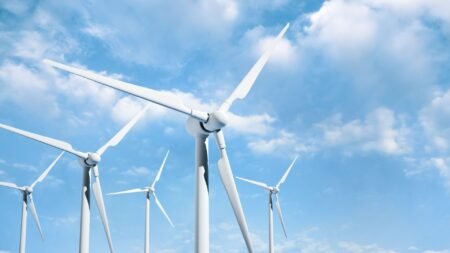IT IS one of evolution's crowning achievements: a mini green power station and organic factory combined, and the source of almost all of the energy that fuels every living thing on the planet
Now scientists developing the next generation of clean power sources are working out how to copy, and ultimately improve upon, the humble leaf.
The intricate chemistry involved in photosynthesis, the process where plants use sunlight to convert water and carbon dioxide into sugar, is the most effective solar energy conversion process on Earth. Researchers believe that mimicking parts of the process could be the ticket to a limitless supply of clean power.
The untapped potential for using the sun’s rays is huge. All human activity for a year could be powered by the energy contained in the sunlight hitting the Earth in just one hour.
Harnessing even a small amount of this to make electricity or useful fuels could satisfy the world’s increasing need for energy, predicted to double by 2050, without further endangering the climate.
Most solar power systems use silicon wafers to generate electricity directly.
But although costs are coming down, these are still too expensive in many cases when compared with fossil fuels such as coal, oil and gas.
At Imperial College London, researchers have embarked on a £1 million ($2 million) project to study, and eventually mimic, photosynthesis.
Part of a project called the ”artificial leaf” involves working out exactly how leaves use sunlight to make useful molecules. The team then plans to build artificial systems that can do the same to generate clean fuels such as hydrogen and methanol. These would then be used in fuel cells to make electricity or directly to power super-clean vehicles.
Similar projects are gathering pace around the world: the United States is poised to approve a research budget of about $US35 million ($42 million) a year for ideas that could create fuels from sunlight and the Dutch Government has allocated €40 million ($69 million) for similar research.
According to James Barber, a biologist at Imperial College London and leader of the artificial leaf project, if artificial photosynthesis systems could use arbout 10 per cent of the sunlight falling on them, they would only need to cover 0.16 per cent of the Earth’s surface to satisfy a global energy consumption rate of 20 terawatts, the amount it is predicted that the world will need in 2030.
Unlike a biological leaf, the artificial equivalent could be placed in the arid desert areas of the world, where it would not compete for space on agricultural land.
Photosynthesis starts with a chemical reaction where sunlight is used to split water into hydrogen and oxygen. The oxygen is released into the atmosphere while the hydrogen is used to create sugars and other organic molecules for the plant. The aim of Barber’s project is to find an efficient way of mimicking that water-splitting reaction to create a clean and limitless hydrogen source. Unlike normal leaves, the new devices would not suck carbon dioxide from the atmosphere. Dan Nocera, a chemist at Massachusetts Institute of Technology, calculates that using artificial leaves to split a few litres of water a day into hydrogen and oxygen would be enough to supply a home’s energy needs.
John Loughhead, executive director of the British Energy Research Centre, described the artificial leaf idea as very promising because ”we know that plants have already evolved to do it”. He added: ”Ultimately, the only sustainable form of energy we’ve got is the sun.”
Barber’s colleagues at Imperial, led by chemist James Durrant, have developed a catalyst from rust that carried out part of the water-splitting reaction. Nocera is also working on a catalyst made from cobalt and phosphorus that splits water at room temperature.
Both Durrant’s and Nocera’s catalysts are many years from becoming commercial products.
Share your industry press now!
Are you a PR agency or sustainability-focused organization? Join the World of Renewables network FREE today and gain exclusive access to our platform to promote your business, share the latest industry news, and connect with a global audience of 700,000+ renewable energy professionals.
Register Now to start posting your updates and showcase your expertise to a highly engaged, environmentally-conscious community.
Find out more about our Content Partnership Programs.*2024 AWARD WINNER* Websites & Mobile Sites, Webby Winner, Peoples Voice 2024






















